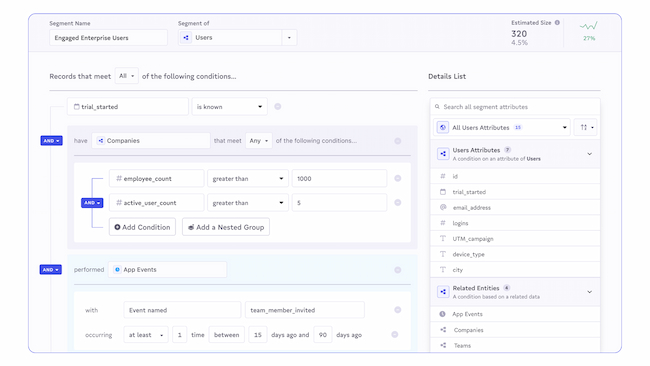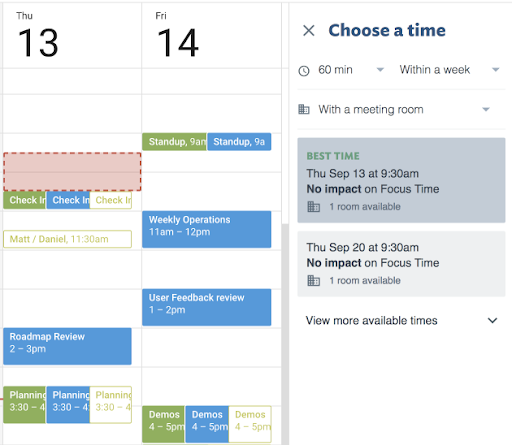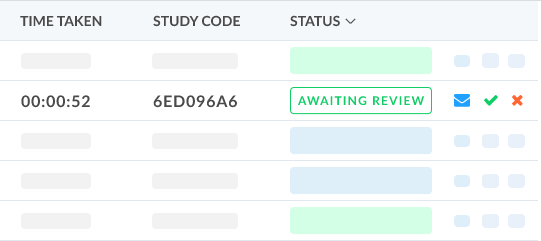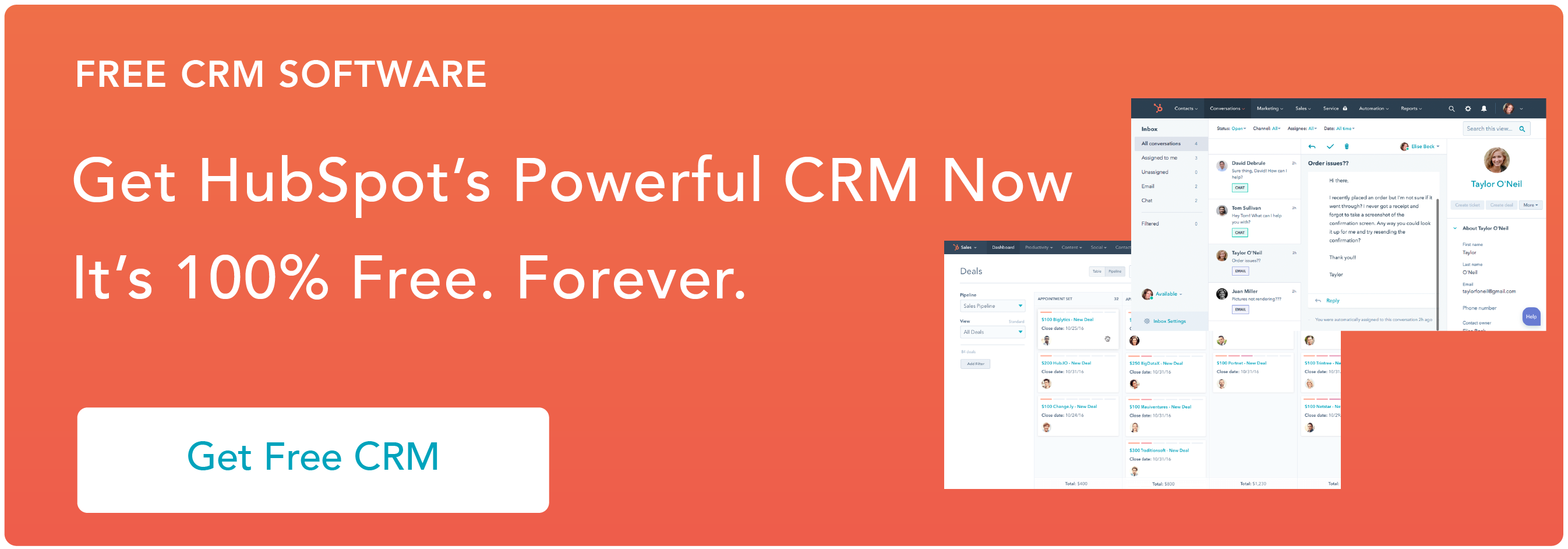Today, the bar for personalized customer engagement is higher than ever.
As a marketer, you know that customer data is key to delivering personalized experiences that drive growth. A whopping 82% of marketers say having high-quality data on their target audience is important to succeeding in their role – but more than half of them say they’re missing key information.
Data silos are one of the biggest hurdles that prevent businesses from delivering personalized, data-driven experiences to their customers. Only 27% of marketers say their marketing data is fully integrated with their systems and tools, resulting in fragmented and inconsistent outreach.
The good news is: It’s possible to unify your data and make it actionable in one place. One key technology for effective data activation? The cloud data warehouse.
In this blog, we’ll discuss a strategy to get first-party data out of the data warehouse and into your CRM, so you can leverage it for more effective marketing.
What is a data warehouse?
A data warehouse is a system that consolidates data from different sources into a single central source of truth. Many organizations have already adopted data warehouses to power reporting and Business Intelligence, but recently marketing teams have begun to leverage their benefits as well.
Data warehouses allow marketing teams to consolidate data from multiple platforms including advertising channels like Google and Facebook, analytics platforms like Mixpanel and Google Analytics, and CRM systems like HubSpot and Salesforce. Even better, both first-party and third-party customer data can be unified in the warehouse.
The most popular cloud data warehouses include:
How Data Activation Provides a Single Source of Truth
Unifying all of your customer data points (that you’ve collected through tools like HubSpot, Google Analytics,or Zendesk) into a customer 360 profile enables you to have a holistic understanding of your target audience.
A customer 360 profile refers to having a 360 degree view of your customer’s information and behavior. This might include company data, purchase history, support interactions, and even engagement with your website, app, or social media accounts.
Fortunately, many companies have already employed data teams to consolidate customer 360 data in a central place: the data warehouse.
In the past, the warehouse was limited to technical users who knew SQL. Accessing customer data was a battle between Go-to-Market and IT teams, resulting in reduced agility and low autonomy for business teams.
Enter data activation: a way to bridge the gap between data and marketing.
Data activation platforms like Census provide warehouse-native no-code tools that enable marketers to unlock data directly from the warehouse – all without needing to know SQL.
This makes it easier for marketers to use customer 360 data to personalize recommendations and customize promotions.
Leveraging the same data infrastructure across the organization improves efficiency and team collaboration, because marketers now work with the same source of truth as data and IT teams. You can be confident that your data is fresh and trustworthy because it’s approved and maintained by the data team.
Activating the data warehouse for customer segmentation
Collecting data is useless without action. Let’s talk about how to actually use your customer data to drive more effective engagement.
Customer segmentation is key to reaching the right customers at the right time with the most relevant information.
This way, you can better understand your customers and meet their unique needs at every stage of the customer journey.
For instance, you would want to send different and targeted messages to:
- Users who are on a free trial of your product, versus users on your highest paid plans
- VIP customers who have purchased multiple times, versus visitors who just signed up for your mailing list
- Companies that have 50 user seats versus companies who have 2 user seats
Data activation platforms like the Census Audience Hub help you build dynamic audience segments with your unified customer 360 profiles.
Any user, regardless of technical skill level, can easily create, explore, and manage audiences — then send them to your CRM for targeted outreach.

Success stories from Clockwise and Prolific: Using first-party data for better personalization
Clockwise and Prolific are two companies that activate their first-party data to deliver personalized, cross-channel experiences. Both companies use Census to power HubSpot with relevant, real-time data.
Clockwise

Clockwise is a SaaS productivity tool that helps busy professionals manage their meeting scheduling and find more time for uninterrupted flow.
They needed a better way to get product usage and engagement data in front of their go-to-market teams. By setting up real-time data syncing, the business operations team was able to:
- Reduce time to stand up segmentation growth experiments from weeks to hours
- Enable more personalized onboarding communications with granular user segmentation
- Provide self-service access to real time product engagement data
Prolific
Prolific simplifies online data collection by connecting researchers with the study participants they need, quickly.
Their newly-minted sales team was eager for data on their customers and prospects. After connecting their data warehouse to HubSpot, their salespeople now have important context for every sales interaction — without ever leaving HubSpot.
Prolific used Census’s data activation platform to:
- Build Customer 360 profiles in HubSpot with complete product behavior data
- Automate sales workflows based on product usage and segmentation data
- Identify purchase intent and personalize messages
Key learnings from Clockwise and Prolific: Building a robust and scalable data foundation makes first-party data more valuable and usable. But collecting data is just the beginning. The real value is in activating data to drive business decisions and revenue.
Key Takeaways
Accessing and leveraging customer data is crucial for marketers who want to deliver personalized experiences that drive growth.
By integrating your data warehouse with your CRM, you can unlock new insights and create a central repository of customer data that can be used to power all of your marketing efforts.
Our three key takeaways from this article are:
- Data Activation is crucial. It connects your data infrastructure to your marketing efforts, making you more data-driven than ever.
- Real-time segmentation is key to personalization. To target accurately, go for a solution that updates audiences continuously and makes your data available seamlessly.
- Your martech stack should embrace data. Choose a customer engagement platform that integrates with your tech stack, instead of using siloed tools.
To exceed customer expectations, empower your marketing, engineering, and IT teams to activate a 360° view of customer data.




.jpg#keepProtocol)

![How to Optimize for Google’s Featured Snippets [Updated for 2024]](https://moz.com/images/blog/Blog-OG-images/How-to-Optimize-for-Googles-Featured-Snippets-OG-Image.png?w=1200&h=630&q=82&auto=format&fit=crop&dm=1724004002&s=13df73104762982790dab6dc8328023f)


